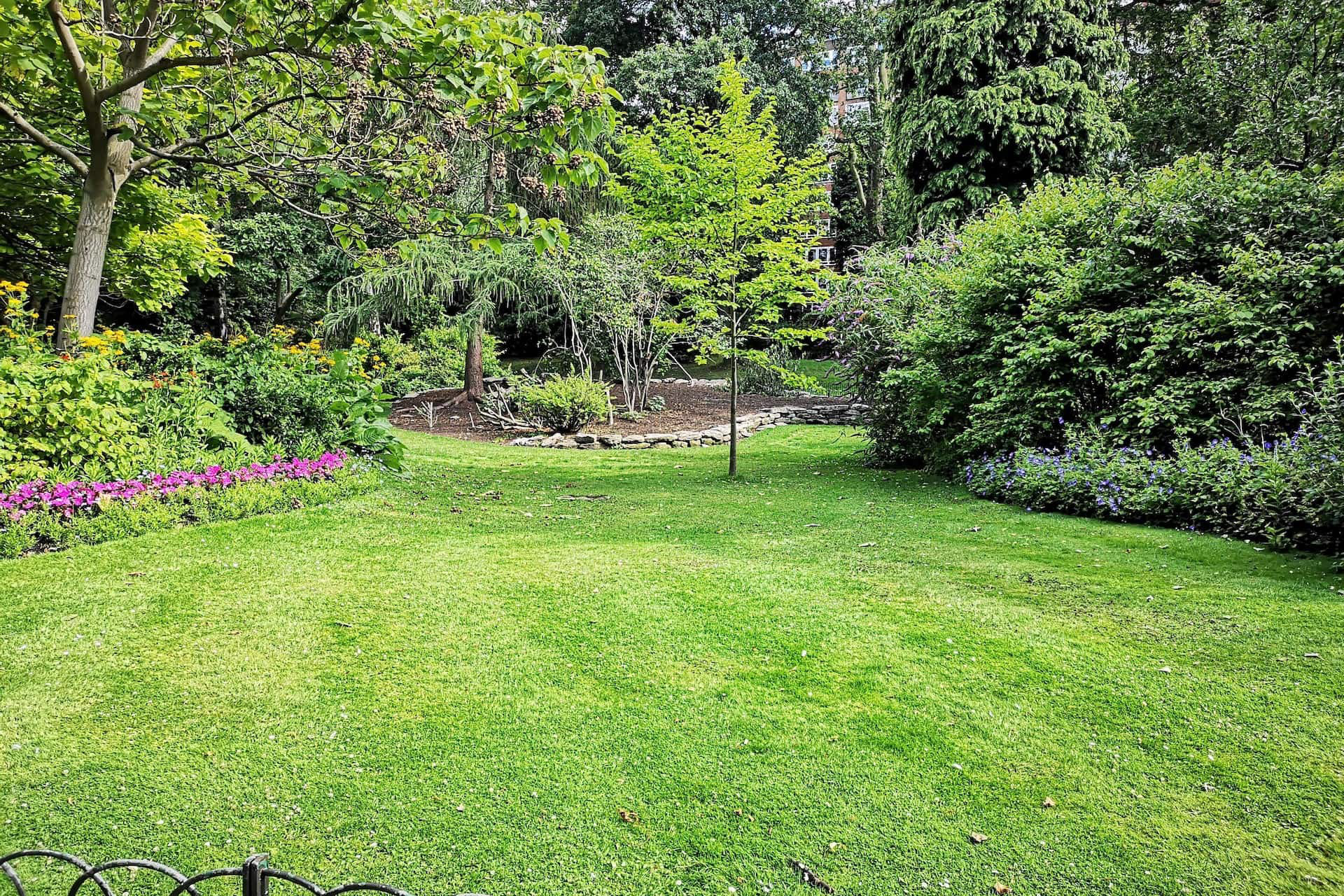
The Essential Guide to Low-Water Landscaping for a Resilient Garden Nov 18, 2025
To start, let's explore the concept of xeriscaping. Originating from the Greek word 'xeros,' meaning dry, xeriscaping focuses on minimizing water usage by incorporating drought-resistant plants and efficient water practices. The goal is a resilient garden that requires minimal irrigation.
One of the first steps in developing a low-water landscape is selecting the right plants. Native plants are naturally adapted to local climate conditions, making them ideal for low-water gardens. These plants have evolved to thrive in specific regions, which often means they require less water and maintenance. Consider incorporating succulents, ornamental grasses, and drought-tolerant perennials. Lavender, sage, and yarrow are excellent examples of plants well-suited for low-water landscapes.
Soil improvement is another crucial aspect of xeriscaping. Healthy soil not only enhances plant growth but also aids in water retention. Before planting, enrich your soil with organic matter such as compost or well-rotted manure. This improves its ability to hold moisture and provides essential nutrients for your plants.
Next, consider the importance of mulching. Mulch acts as a protective layer over the soil, helping to retain moisture and reduce evaporation. Organic mulches, like shredded bark or wood chips, decompose over time, adding valuable nutrients back into the soil. A 2-3 inch layer of mulch around your plants will significantly aid in maintaining a low-water garden.
Irrigation is a key element in water-efficient landscaping. For those new to xeriscaping, drip irrigation systems are an excellent investment. These systems deliver water directly to the root zone of the plant, minimizing waste and ensuring that every drop is used effectively. Additionally, water during cooler times of day, such as early morning or late afternoon, to further reduce evaporation.
Designing a low-water landscape doesn’t mean sacrificing style. Incorporate hardscaping elements such as gravel paths, decorative stones, or rock gardens to add variety and texture to your garden. These features not only contribute to the visual appeal but also reduce the area that requires watering.
Finally, regular maintenance is key to the success of a low-water landscape. Conduct seasonal check-ups to ensure your plants are thriving and inspect your irrigation system for leaks or blockages. With these practices, your garden will remain attractive and resilient throughout the year, even in the face of drought conditions.
Incorporating low-water landscaping techniques can transform your garden into a sustainable oasis that conserves resources and highlights the beauty of nature. At Omarvelous Landscaping, we are committed to helping you design and implement a garden that aligns with both your aesthetic and environmental goals. Visit us for more information on how we can help create the garden of your dreams—one that flourishes with minimal water while maximizing beauty and sustainability.
/filters:no_upscale()/media/24cff8cc-7db4-4c94-9854-b14baf836f7b.jpg)
/filters:no_upscale()/filters:format(webp)/media/f0f4bfbe-3020-43f5-a08d-5f4230ee55bc.jpeg)